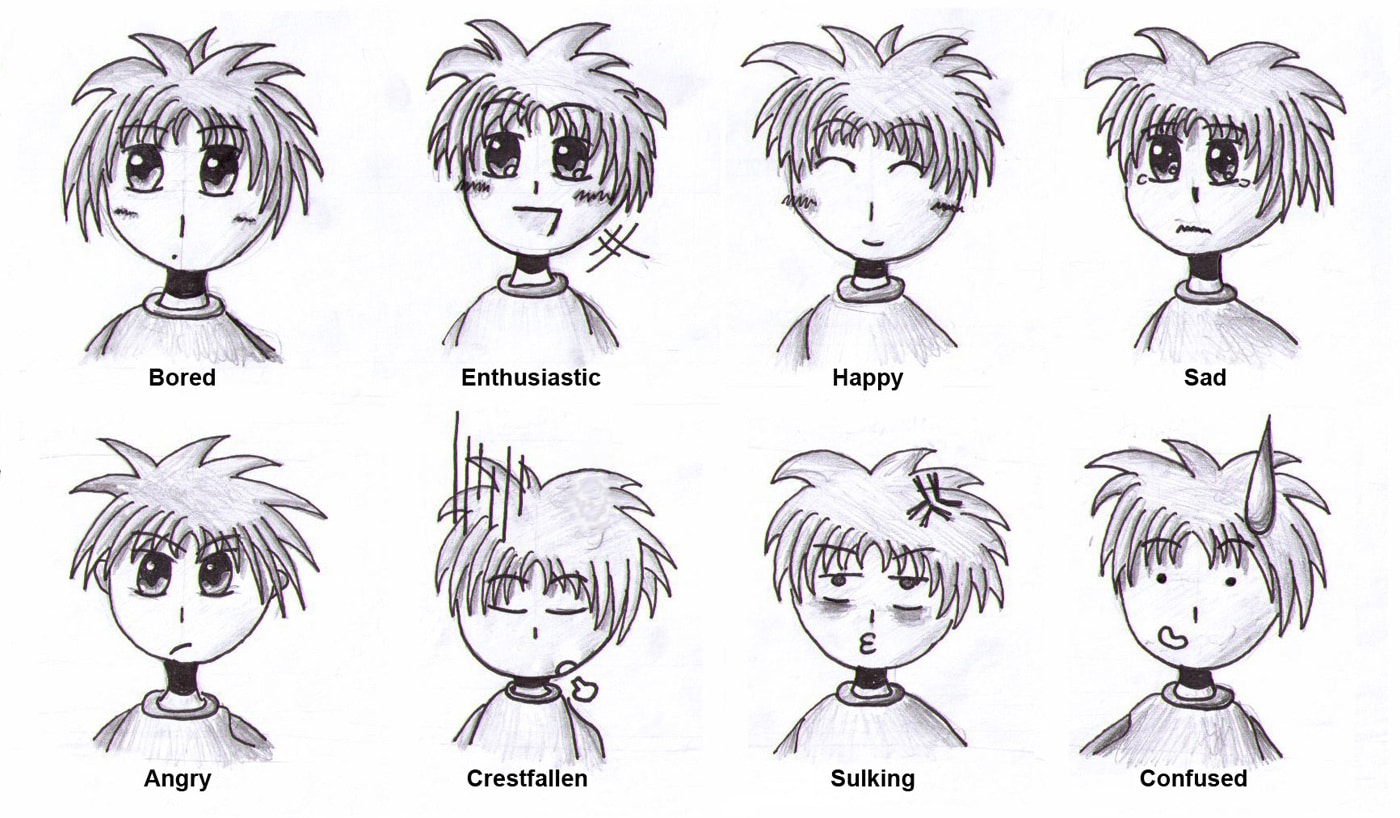Lifelogging has gotten popular over the past few years, and although I’ve never seen people walking around with a lifelogging camera attached their shirts, apparently many people do. This new tech is like lifelogging on steroids. It takes lifelogging to the next level, which could be helpful for people with Autism or others who have trouble expressing their emotions. This new piece of tech called ‘Inside-Out’ combines biometric data and visual cues to pinpoint emotional highs and lows.
The information can then be tracked like any other form of data. I was just telling Richard the other day that I wish someone would create a personal analytics algorithm like Google analytics (only for our personal lives) so we could graph and track our progress in specified areas. This Inside-Out tech scratches the surface when it comes to this since it tracks the emotions we feel in the form of data that we can then interpret for all different reasons and applications.
The only things needed to make this work are a smartphone, a sensor and a high tech mirror. This isn’t the first time biometric data has been used to track emotions, but in the past, it always required cumbersome, large pieces of equipment. With the technology available today, the sensor can be created with components small enough that a person can carry it around with them, attached to their body.
The biometric data is collected via a wristband that keeps track of how the electrical properties in the skin change, which is also an indicator of a person’s emotional state. The smartphone component acts as the camera, and it takes several pictures each minute. This technology is currently being developed by Rosalind Picard and her team at the Massachusetts Institute of Technology’s Media Lab. It may be a while before their Inside-Out system is ready for mainstream use, but it’s on the way. You can read more about the details of this project by clicking over to MIT Media Lab or the source article linked below.
‘Inside-Out’ Uses Biometric Data & Visual Cues To Pinpoint Emotions
(Click Image To Enlarge)
Via: [New Scientist] Image Credit: [Wikimedia Commons]

COMMENTS